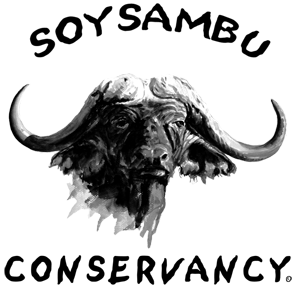Are you looking for a place to spend your leisure, Educational Nature trip, holiday and Research ? Soysambu Conservancy offers all this due to it’s exciting tourist attraction sites and Resources. The sites includes ; the Delamere nose/Sleeping warrior Crater, Lake Elmenteita with diverse Waterfowls, over 450 Birdlife and over 40 species of Mammals that includes the Semi-Endangered Rothschild’s Giraffe and the buffalos. Among the Reptiles we have the Cobras, Pythons , and the Leopard Tortoise.
SHARED BY: COMMUNITY EDUCATION AND AWARENESS DEPT.
















